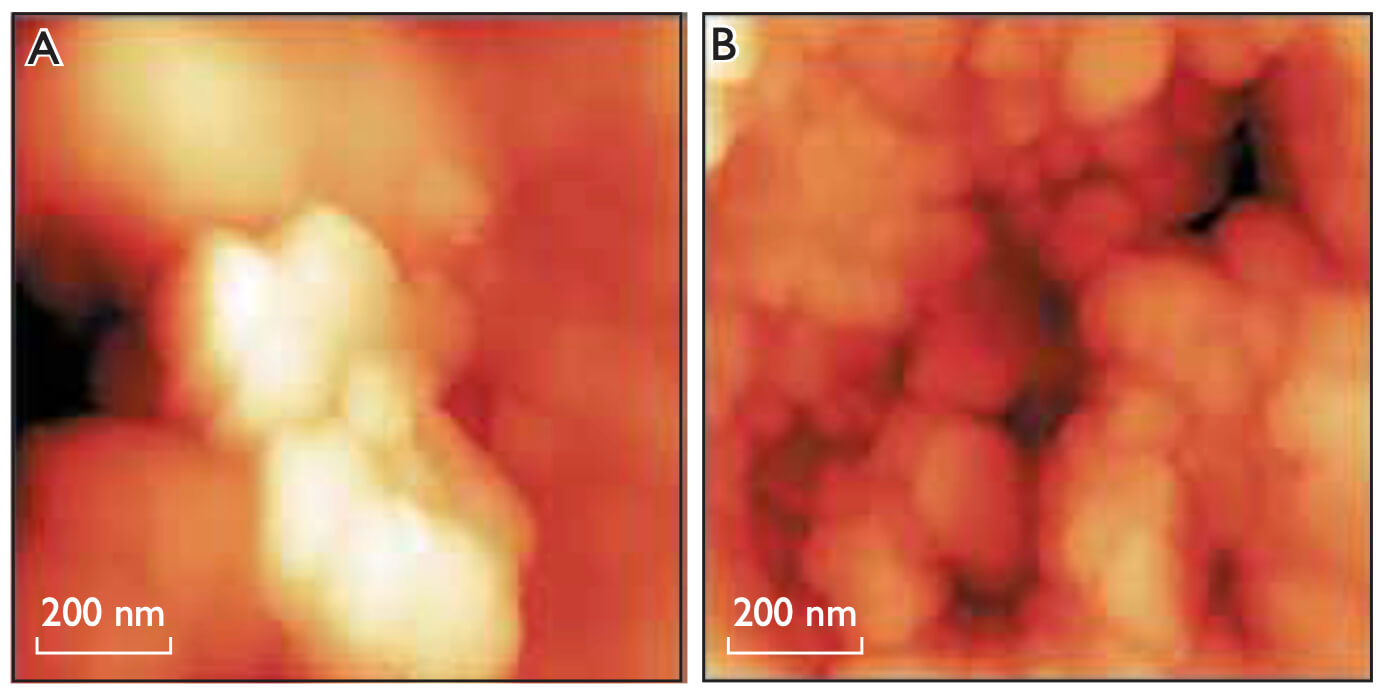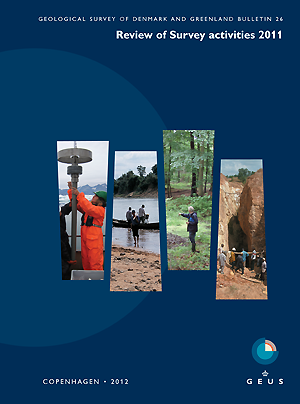
How to Cite
Share
Abstract
The main oil reservoir in the Central Graben in the North Sea is chalk of the Maastrichtian Tor Formation, which has high porosity and relatively high permeability. The chalk of the Danian Ekofisk Formation is an additional reservoir, but with highly variable porosity and permeability. Whereas the Tor Formation is almost pure calcite primarily consisting of coccolith debris, the Ekofisk Formation also comprises significant proportions of phyllosilicates (clay minerals) and quartz in addition to coccolith debris. For decades the quartz was assumed to be a normal crystalline α-quartz such as is present in quartz sand, and the clay fraction was assumed to consist predominantly of phyllosilicates. However, Maliva & Dickson (1992) reported the presence of presumably authigenic submicron-size quartz crystals arranged in clusters, and suggested that these clusters were transformed opal-CT lepispheres. Investigations by nano-structural methods (Xray diffraction and atomic force microscopy (AFM)) revealed that the prevailing quartz component in the North Sea chalk comprises α-quartz appearing as nano-size quartz spheres (Jakobsen et al. 2000; Lindgreen et al. 2010). Nano-quartz spheres were first observed in indurated chalk in the Ekofisk Formation in the Ekofisk Field and later in the South Arne Field. Subsequent analyses of the Ekofisk Formation in different chalk fields showed that the content of nano-quartz varies throughout the chalk succession and to some degree reflects the cyclic development of the chalk. The proportion of dispersed nano-quartz in the chalk is highly variable, from 10% to more than 80% in the Lower Danian (Lindgreen et al. 2010). This paper describes the nano-quartz, its formation and structure and presents a model for the formation of flint from nano-quartz in the North Sea Ekofisk chalk.
How to Cite
Share
Copyright (c) 2012 Holger Lindgreen, Finn Jakobsen

This work is licensed under a Creative Commons Attribution 4.0 International License.
Downloads
Edited by Ole Bennike, Adam A. Garde and W. Stuart Watt
This Review of Survey activities presents a selection of 20 papers reflecting the wide spectrum of activities of the Geological Survey of Denmark and Greenland, from the microscopic to the plate-tectonic level.
The Survey's activities in Denmark and surrounding areas are illustrated by [...]









